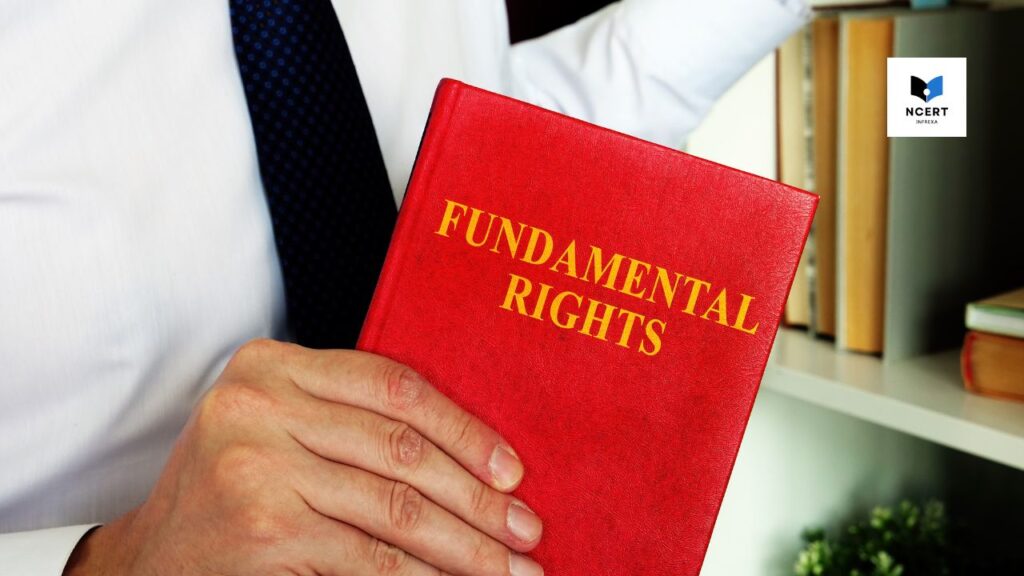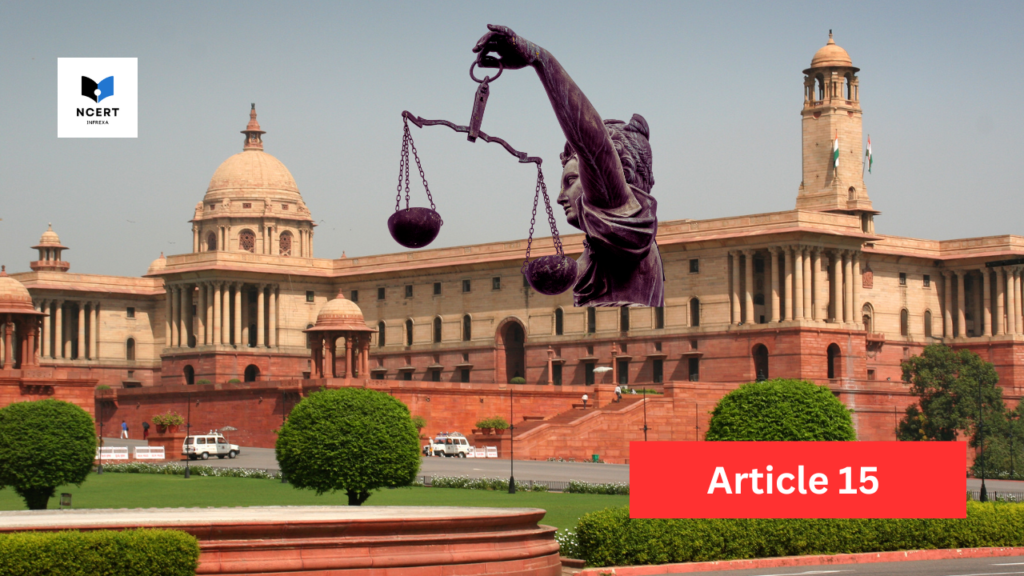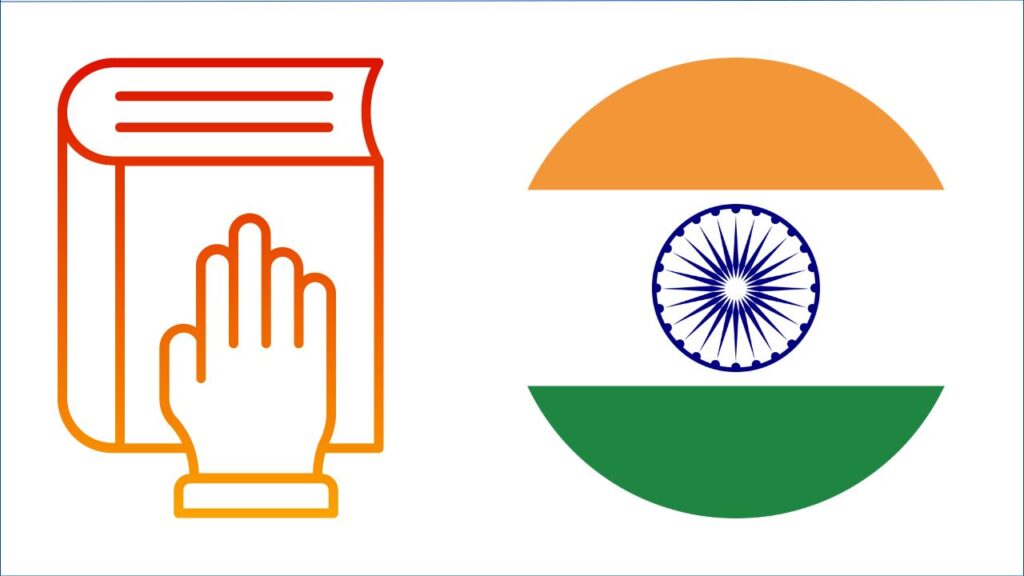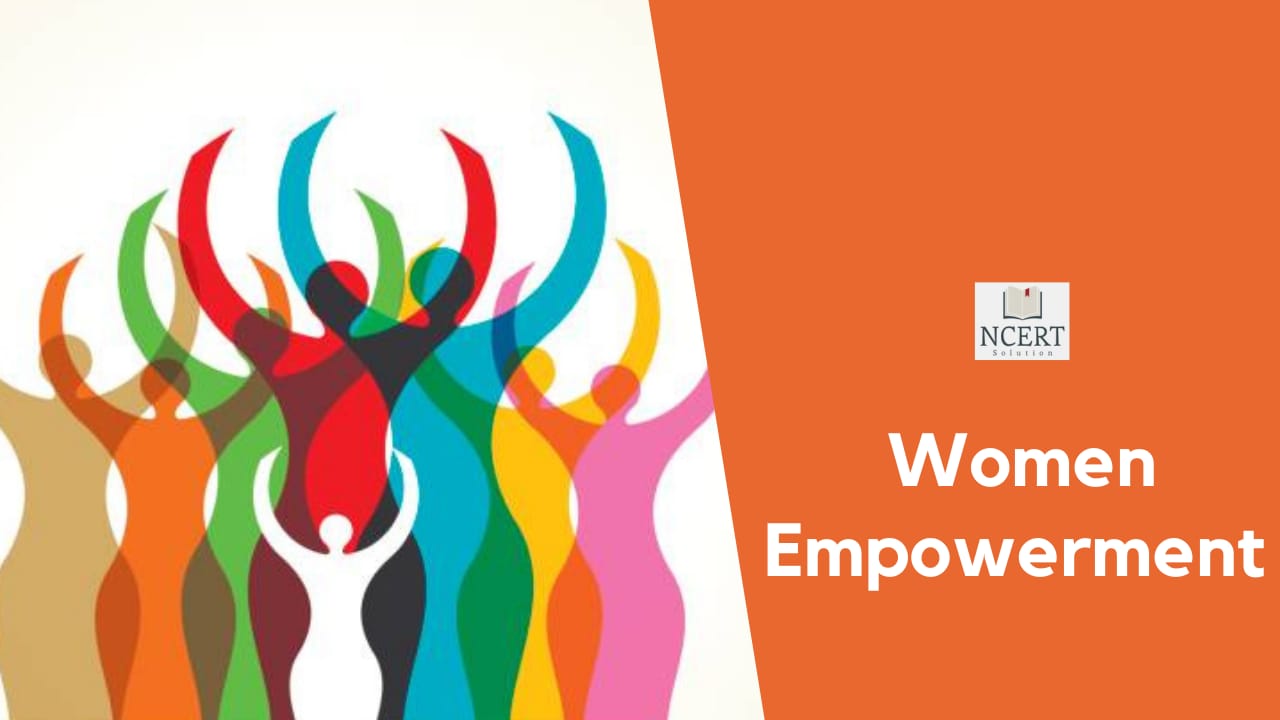Fundamental Rights are the cornerstone of the Indian Constitution, guaranteeing essential freedoms and protections to every citizen. Fundamental Rights in India are inspired by various sources, including the Constitution of the United States of America.
Enshrined in Part III of the Indian Constitution (Articles 12 to 35), these rights are inviolable and play a crucial role in safeguarding individual liberty, establishing equality, and promoting justice.
In this comprehensive guide, we will delve into the six Fundamental Rights in India, their significance, and their evolution over time.
Types of Fundamental Rights
- Right to Equality (Articles 14-18)
- Equality before the law (Article 14): Guarantees that all persons are treated equally by the law, without discrimination.
- Prohibition of discrimination (Article 15): Prohibits discrimination on grounds of religion, race, caste, sex, or place of birth in public places and matters of employment.
- Equality of opportunity in public employment (Article 16): Ensures equal access to government jobs for all citizens.
- Abolition of untouchability (Article 17): Declares untouchability a crime, promoting social equality.
- Abolition of titles (Article 18): Prohibits the state from conferring titles except military or academic distinctions.
- Right to Freedom (Articles 19-22)
- Six freedoms (Article 19):
- Freedom of speech and expression
- Freedom to assemble peacefully
- Freedom to form associations or unions
- Freedom of movement throughout India
- Freedom to reside and settle in any part of India
- Freedom to practice any profession or carry on any occupation
- Protection of life and personal liberty (Article 21): Ensures that no person shall be deprived of his/her life or personal liberty except according to procedures established by law.
- Free and compulsory education (Article 21A): Guarantees free and compulsory education to all children between the ages of six and fourteen years.
- Protection against arrests and detention (Article 22): Safeguards against arbitrary detention and provides legal recourse.
- Six freedoms (Article 19):
- Right Against Exploitation (Articles 23-24)
- Prohibition of trafficking and forced labor (Article 23): Outlaws human trafficking and forced labor practices.
- Prohibition of child labor (Article 24): Bans employment of children under 14 years in hazardous industries.
- Right to Freedom of Religion (Articles 25-28)
- Freedom of conscience and religious practice (Article 25): Guarantees the right to freely profess, practice, and propagate any religion.
- Freedom to manage religious affairs (Article 26): Grants religious groups the right to manage their own affairs.
- Freedom from religious taxes (Article 27): Prohibits forced payment of taxes for the promotion of a specific religion.
- Freedom from compulsory religious instruction (Article 28): Protects individuals from forced religious instruction in state-funded schools.
- Cultural and Educational Rights (Articles 29-30)
- Protection of minority interests (Article 29): Safeguards the linguistic, cultural, and educational rights of minorities.
- Right to establish educational institutions (Article 30): Empowers minorities to establish and administer their own educational institutions.
- Right to Constitutional Remedies (Article 32)
- The heart of the Constitution: Dr. B.R. Ambedkar referred to this as the most important Fundamental Right.
- Enforcement of rights through the courts: Empowers individuals to approach the Supreme Court or High Courts for the protection of their Fundamental Rights.
- Writs: The courts can issue writs like Habeas Corpus, Mandamus, Prohibition, Certiorari, and Quo Warranto to uphold Fundamental Rights.
Who Enjoys Fundamental Rights in India
The Fundamental Rights in India are not universally applicable. Here’s the key distinction:
Citizens of India
- Enjoy the full spectrum of Fundamental Rights.
- Have the right to approach the Supreme Court or High Courts to enforce these rights if they are violated.
Foreigners (Non-Citizens)
Foreigners Enjoy only certain Fundamental Rights, primarily those that protect basic human dignity and freedoms.
- Rights frequently extended to foreigners include:
- Right to Equality before the law and equal protection (Article 14)
- Right to Life and Personal Liberty (Article 21)
- Right to Freedom of Movement (within restrictions) (Article 19)
- Right to Freedom of Religion (Articles 25-28)
- Foreigners cannot generally claim rights that are specifically linked to citizenship, such as:
- Right to vote
- Right to hold certain public offices
- Right to Equality (Article 15)
- Right to Equality of Opportunity in Public Employment (Article 16)
- Right to Freedom of Speech and Expression (Article 19)
- Cultural and Educational Rights (Articles 29 and 30).
Evolution and Amendments
Originally, the Indian Constitution included seven Fundamental Rights. However, the 44th Constitutional Amendment in 1978 removed the Right to Property from this list.
This amendment reflected the evolving socio-political landscape of the country and the need to balance individual rights with the collective welfare of society.
Amendments
Initially, there was no explicit limitation on Parliament’s power to amend any part of the Constitution, including Fundamental Rights, due to Article 368. However, the Supreme Court’s ruling in the Golaknath v. State of Punjab (1967) case declared that Parliament could not amend Fundamental Rights.
This stance was overturned by the 24th Constitutional Amendment (1971), which modified Articles 13 and 368, re-establishing Parliament’s ability to amend Fundamental Rights. The Kesavananda Bharati v. State of Kerala (1973) case upheld this ability but introduced the “basic structure doctrine,” asserting that Parliament cannot alter the fundamental principles (basic structure) of the Constitution.
The 42nd Constitutional Amendment (1976) attempted to shield constitutional amendments from judicial review. However, the Minerva Mills v. Union of India (1980) case reasserted the court’s power of judicial review. This decision nullified the provisions of the 42nd Amendment that sought to remove amendments from judicial scrutiny.
Key Points Simplified:
- Initially, Parliament could amend any part of the Constitution.
- Golaknath case (1967) restricted Parliament’s power to amend Fundamental Rights.
- The 24th Amendment (1971) reversed this, allowing the amendment of Fundamental Rights.
- Kesavananda Bharati case (1973) introduced the “basic structure doctrine,” limiting Parliament’s amending power.
- The 42nd Amendment (1976) tried to remove judicial review of amendments.
- Minerva Mills case (1980) upheld judicial review and invalidated parts of the 42nd Amendment.
Read: Constitutional and Non-Constitutional Bodies in India
Examples and Case Studies
- Right to Equality
- M.C. Mehta vs. Union of India (1987): This landmark environmental case recognized the right to a clean environment as part of the Right to Life under Article 21, extending the scope of equality.
- Naz Foundation vs. Govt. of NCT of Delhi (2009): The Delhi High Court struck down Section 377 of the Indian Penal Code, decriminalizing homosexuality and upholding the right to equality and non-discrimination on the basis of sexual orientation.
- Right to Freedom
- Bijoe Emmanuel vs. State of Kerala (1987): The Supreme Court held that children cannot be compelled to sing the national anthem if it violates their religious beliefs, upholding freedom of conscience.
- Romesh Thappar vs. State of Madras (1950): A landmark case where the Supreme Court struck down a law banning a magazine, emphasizing the importance of freedom of speech and expression.
- Right Against Exploitation
- People’s Union for Democratic Rights vs. Union of India (1982): The Supreme Court, in this case, recognized the exploitation of labor in construction work and directed the government to ensure fair wages and working conditions.
- Bandhua Mukti Morcha vs. Union of India (1984): This case resulted in the release of bonded laborers, highlighting the importance of the prohibition of forced labor.
- Right to Freedom of Religion
- S.R. Bommai vs. Union of India (1994): The Supreme Court upheld secularism as part of the basic structure of the Constitution, reinforcing freedom of religion and preventing the misuse of state power to promote a particular religion.
- Shayara Bano vs. Union of India (2017): This case declared the practice of triple talaq (instant divorce) unconstitutional, protecting the rights of Muslim women and promoting gender equality within the context of religious freedom.
- Cultural and Educational Rights
- T.M.A Pai Foundation vs. State of Karnataka (2002): The Supreme Court upheld the right of minorities to establish and administer educational institutions, emphasizing the importance of protecting minority cultures and promoting educational choice.
- Right to Constitutional Remedies
- Hussainara Khatoon vs. State of Bihar (1979): This case highlighted the plight of undertrial prisoners languishing in jails for years and led to reforms for speedy trials, protecting personal liberty through the right to constitutional remedies.
Conclusion
Fundamental Rights are an essential pillar of Indian democracy. Understanding these rights is crucial for every citizen to ensure their protection and the advancement of a just society.



